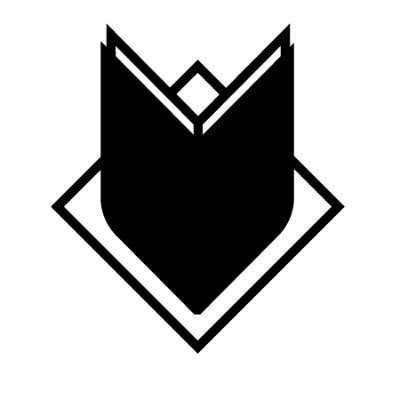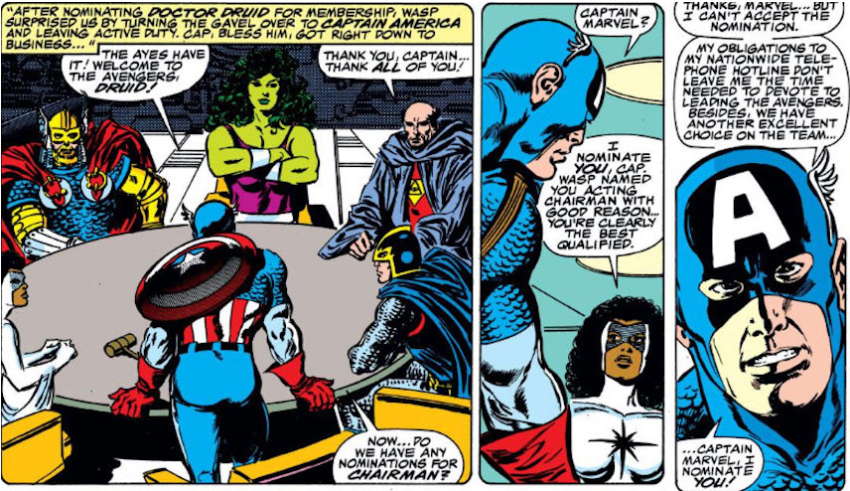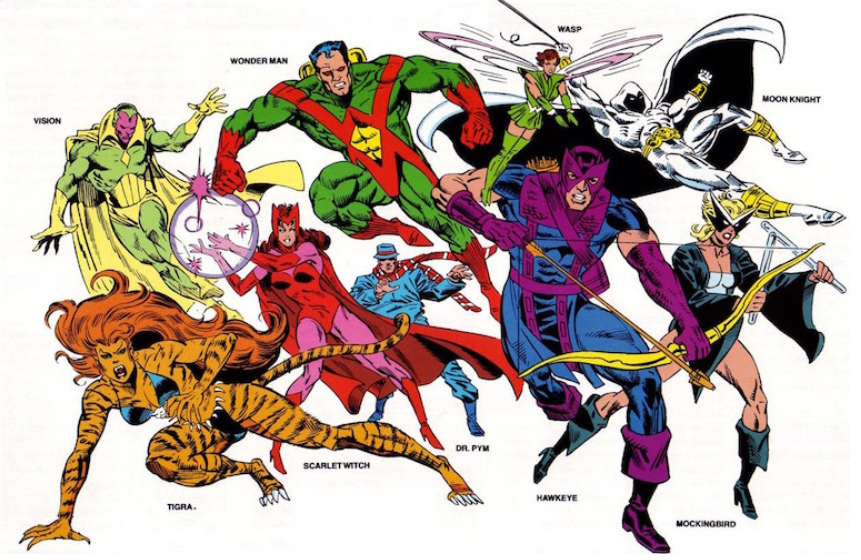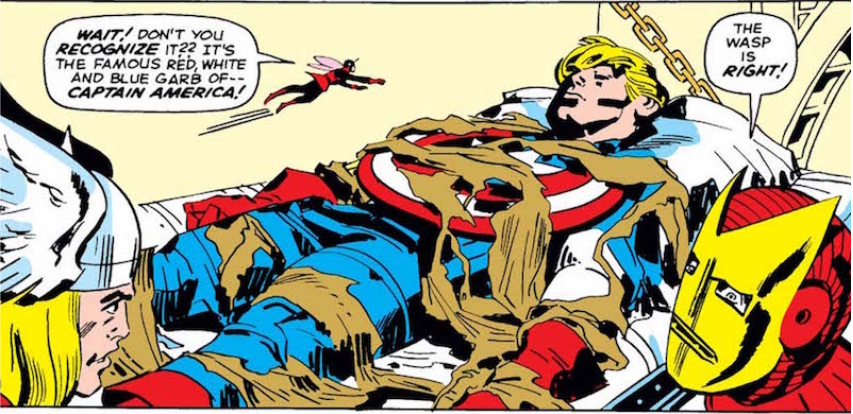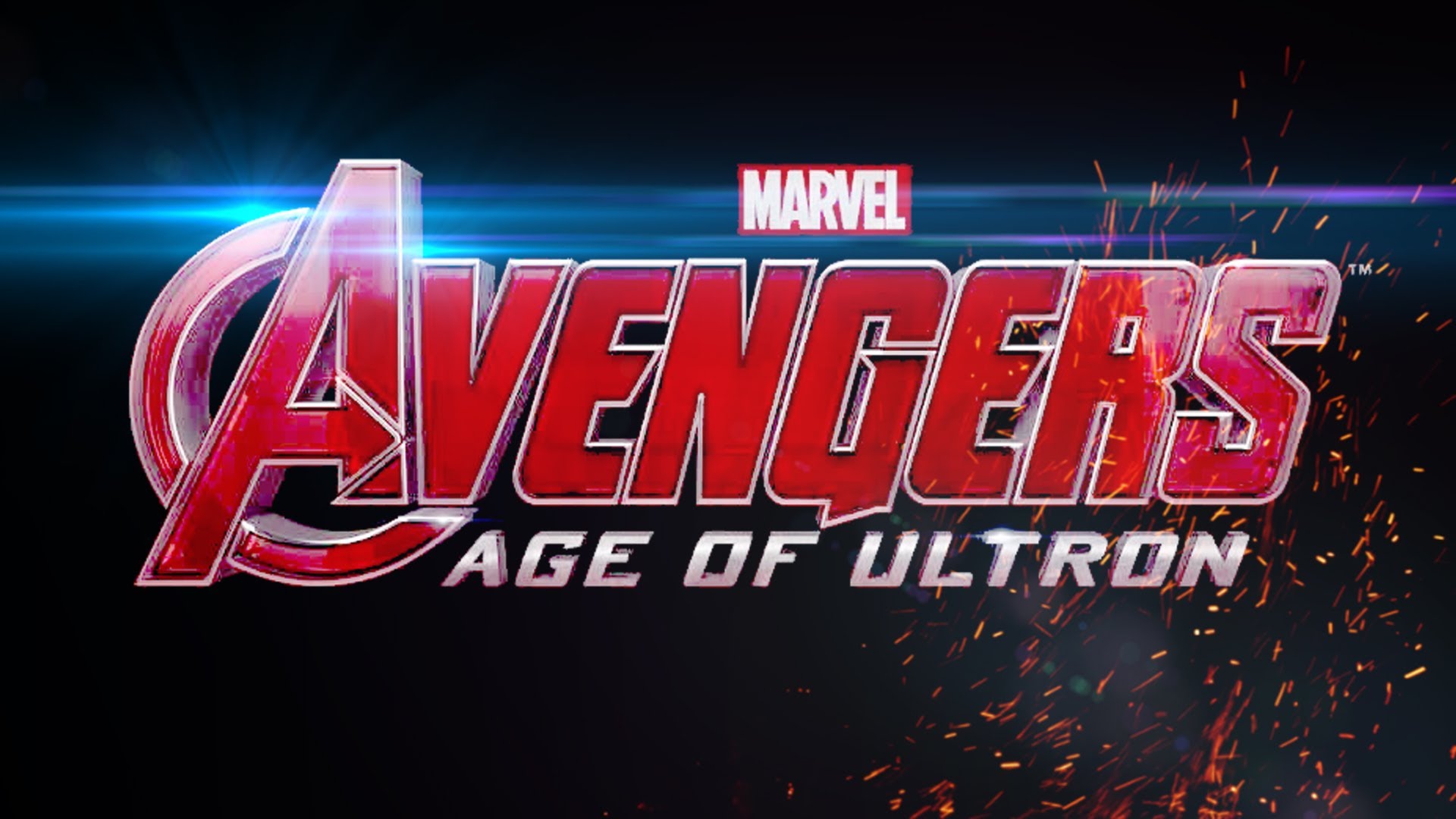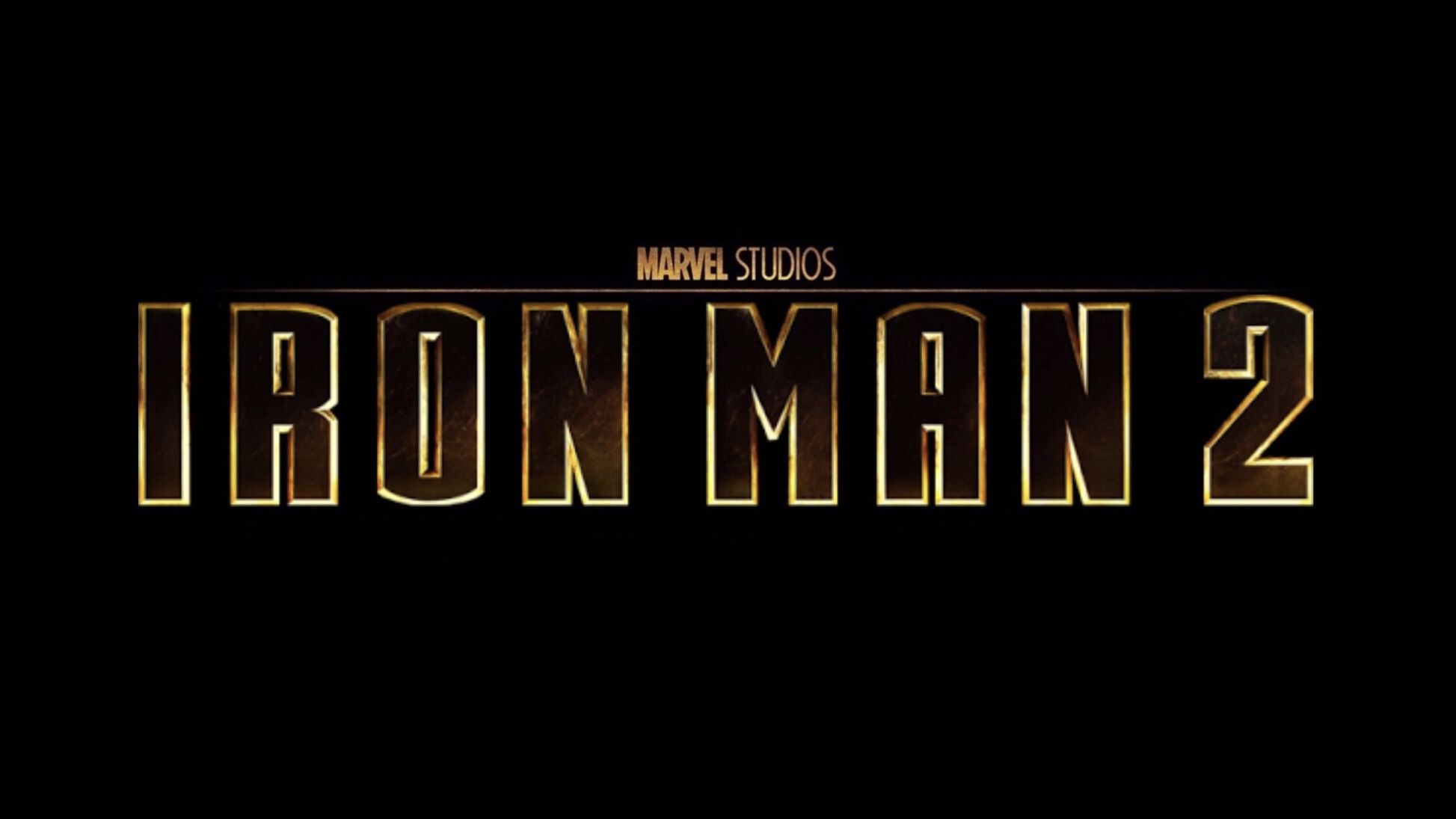Top Modern Superhero Artists: The Sultans of Style at Marvel and DC
By Taylor Pechter — In comics, there’s always debate over what is more important: writing or art. These discussions can go either way, but they almost always conclude that both are equally important in different ways. Writers give characters their personalities, desires, and struggles, while the artists give motion and create a flow to the story. Artists also give characters different body types, faces, and ticks that writers can’t show with words alone. They are, simply put, storytellers in their own right.
Through the many decades of comics history individual artists have helped inform the style of the time. From legends like Steve Ditko and Jack Kirby in the Golden and Silver Ages, to the sleek photorealism of Neal Adams in the Bronze Age, to the incomparable detail of George Perez that helped usher in the Modern Age of comic art. However, in the past 20 years, a handful of artists have helped push the medium forward, while defining the company they belong to. This has been dubbed house style.
Exactly what is considered house style has changed during the past few years, but, even so, what I’d like to look at today are the artists who who have helped define their respective superhero universes.
DC
1. Jim Lee — Arguably the most popular artist of the 1990s, Jim Lee rose to fame drawing the X-Men for Marvel in the early years of the decade before breaking away to form Image and his company, WildStorm Productions. In the late 90s, he sold his company to DC, bringing his signature style over to the brand. Lee’s style contains heavy linework, chiseled jawlines, extreme detail, and dynamic action. This style has helped define the look of the modern DCU by making it grander and more epic in scale. Currently, Lee serves as Chief Creative Officer of DC Entertainment.
Notable Works:
Batman: Hush
All-Star Batman and Robin: The Boy Wonder
Justice League: Origin
Superman: Unchained
2. Ivan Reis — Coming to American comics all the way from Sao Paulo, Brazil, Ivan Reis has quickly become the go to event artist for DC of the past decade. Combining the sleekness of Neal Adams, the cinematic flair of Bryan Hitch, and the sheer scale of George Perez, Reis is a defining artist of the current generation. He’s also a notable collaborator with modern DC architect Geoff Johns, and his delicate-yet-cinematic style has helped bring new prominence to characters like Green Lantern and the Teen Titans. He’s currently drawing Superman, which is written by Brian Michael Bendis.
Infinite Crisis (With Phil Jimenez, George Perez, and Jerry Ordway)
Green Lantern: The Sinestro Corps War
Blackest Night
Teen Titans: Titans of Tomorrow
3. Gary Frank — English superstar Gary Frank is a roughly 23-year veteran of the business. Frank got his start at DC helping co-create the Birds of Prey team with legendary Bat-scribe Chuck Dixon. He later honed his craft at Marvel, drawing the Incredible Hulk and also collaborating with J. Michael Straczynski, but he eventually returned to DC to become one of, if not the defining Superman artists. With his keen eye for detail, simple-but-effective panel layouts, deep shadows, and expressive faces, Frank has become a favorite of mine and of many others.
Notable Works:
Superman: Brainiac
Superman: Secret Origin
Batman: Earth One
Doomsday Clock (currently ongoing)
4. Alex Ross — Arguably the most recognizable artist of this bunch, Chicago-based painter Alex Ross combines the photorealism of Norman Rockwell with the grandeur of the DCU. Ross depicts superheroes the way they were always meant to be seen: standing taller than life in the face of adversity. Using vast landscapes, strong postures, and smiles galore, Ross has become a multimedia sensation, not only drawing comics but also creating posters for film and video games.
Kingdom Come
The World’s Greatest Super Heroes
Justice Society of America: Thy Kingdom Come
5. Jason Fabok — The newest artist on the DC block, Canadian Jason Fabok rose to prominence during DC’s New 52. While starting on smaller stories in Detective Comics, he later became popular via the mega Bat-event Batman Eternal followed by a run on Justice League with Geoff Johns. With his blend of realism, glossy texture, cinematic layouts, and brutal action, Fabok has fast-become one of the most acclaimed DC artists of the decade.
Batman Eternal
Justice League Darkseid War
Batman/Flash: The Button
Three Jokers (upcoming)
Marvel
1. Joe Quesada — Coming from New York City, Joe Quesada, much like his contemporary at DC Jim Lee, had a hand in crafting Marvel’s signature style coming out of the 90’. With inker Jimmy Palmiotti, Quesada redefined what street-level Marvel meant, fueling the creation of Marvel Knights. Quesada’s use of overly exaggerated proportions, dense and heavy shadows, and cartoony-yet-expressive faces is part of the blueprint for Marvel to this day. He now acts as Chief Creative Officer for Marvel Entertainment.
Daredevil: Guardian Devil
Spider-Man: One More Day
2. David Finch — Another comics superstar hailing from the Great White North, David Finch started drawing in the late 1990s for Marc Silvestri’s company Top Cow before moving to the House of Ideas in the 2000s. An early collaborator with a young Brian Michael Bendis, Finch’s heavy shadows, musclebound heroes, and cinematic action helped Marvel craft a denser and darker universe. He now works as a freelance artist and is husband to writer Meredith Finch. Most recently he has drawn issues of Tom King’s ongoing run on DC’s Batman.
Avengers Disassembled
New Avengers: Breakout
Moon Knight: The Bottom
Ultimatum
3. Steve McNiven — This is the last Canadian artist on this list, I promise. McNiven has been a Marvel mainstay since the early 2000s, when he did many covers for the publisher. His big break, however, came in 2006, when he was tapped for Marvel’s biggest event of the decade, Civil War. After that, McNiven started a partnership with Mark Millar. He is a king of rendering, using different styles of fabric and metal to do so. He adds many layers of texture that help lend to his somewhat stylized photorealism. His explosive panel layouts and eye for epic moments have led him to become one of Marvel’s blockbuster exclusive artists.
Civil War
Wolverine: Old Man Logan
Death of Wolverine
New Avengers: The Sentry
4. Olivier Coipel — Magical, mythical, grandiose...these are all words that have been used to describe French artist Olivier Coipel’s work. Rising to prominence as a frequent collaborator of Brian Bendis, Coipel helped tear down and rebuild the Marvel Universe many times over. With his delicate linework, his characters move with a certain grace along with detailed architecture and lush landscapes that help create truly stunning comics.
House of M
Thor (2007)
Siege
Unworthy Thor
5. Leinil Francis Yu — Last but not least we come to Filipino artist Leinil Francis Yu, who got his start his start in the late 90’s, his claim to fame being a major stint on Wolverine and other X-Men titles. His style is much looser than the others on this list. Yu uses many different lines to add intricacies. During Marvel’s big resurgence in the 2000’s, he became, much like Coipel and McNiven, a go to artist for the blockbuster events and headlining books. His action is frenetic and that helps greatly set the pace for the books that he draws.
Wolverine
Secret Invasion
Ultimate Wolverine vs. Hulk
Captain America (currently ongoing)
In the end, these artists have all been mainstays of certain universes with styles that while influenced by many great artists before them, are still uniquely their own. They have all played significant roles in creating the house styles that differentiate the two superhero universes, with DC having a more detailed, almost photorealistic look, while Marvel features a more exaggerated, cartoony, and fantastical aesthetic. These artists have helped redefine their universes; they are true sultans of superhero style.
Taylor Pechter is a passionate comic book fan and nerd. Find him on Twitter @TheInspecter.


